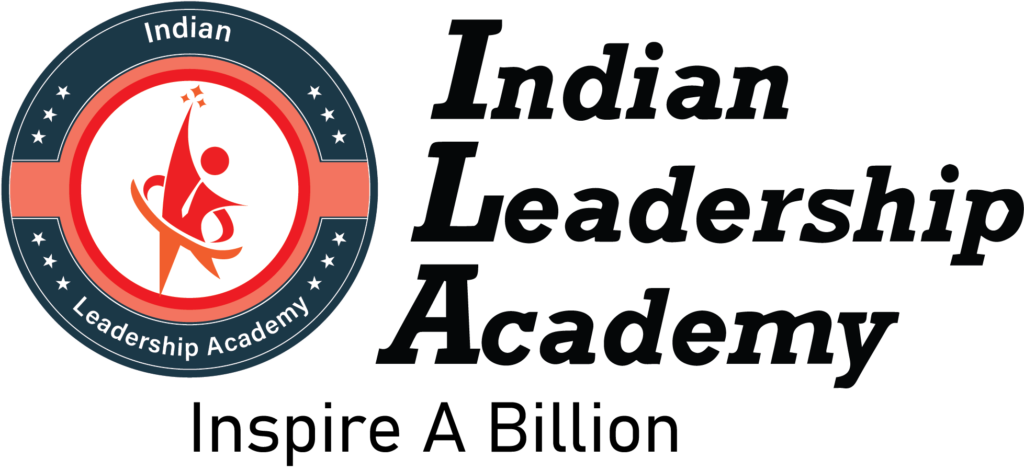DISC Assessment
Facilitators

Kaushik Mahapatra
Chief Mentor,
Thomas DISC Assessment Practioner

Twinkle Singh
L&D Head
Thomas DISC Assessment Practioner
DISC Assessment FAQ’s
The name DISC is an acronym standing for the four personality styles that compose the DISC Personality System. Everyone’s personality is composed out of some combination of these four styles:
D = Dominance
I = Influence
S = Steadiness
C = Compliance
On average, it takes about 10-15 minutes to complete an online DISC assessment test. It takes additional time to score it if completing a paper DISC test, making it around 15-20 minutes.
This test is used for assessing personality, job and career. It is used for managers, team leaders, senior management and intact teams. HJA (Human Job Analysis) is a great tool during hiring.
An individual’s most productive conditions
Which working style gets the most effective results in a particular area
Communication preferences for each style
The DISC type’s strengths and weaknesses
Yes, you can add the coaching hours of CCE to avail ACC.
Colleagues and managers should interact with this type of person in a certain way
Manage conflicts better among individuals and teams
DISC styles change in three ways:
a. It is likely that your personality style differs in some ways depending on the environment in which you are, whether it is at work, at home, or with friends.
b. When you are assessed during times of stress or when you are uncomfortable in a particular environment, your DISC results will reflect this stress and uncertainty. As a result, there may be unique patterns in the graphs, such as over shifts or under shifts. If you are assessed again in that environment at a less stressful time, your graphs are likely to change.
c. As we learn, grow, change, and increase our behavioural intelligence and self-awareness, our personality style may change over time.
In 1928, psychologist William Marston published a book titled The Emotions of Normal People (click here to download a PDF). It explained that people exhibit four different types of behavior: Dominance, Influence, Steadiness and Compliance.
Oddly, William Marston also created the polygraph machine and Wonder Woman. Marston invented DiSC, the personality model. However, he did not measure it.
Walter Clarke, an industrial psychologist, created the first DiSC assessment in 1956. It was originally designed to help businesses find qualified employees. Professor John Geier created the Personal Profile System in the 1970s.
As a result of the DISC profile test, you have a much higher degree of certainty when hiring the right people. In addition, you can identify where your learning and development resources should In addition, you know when to flex your behaviour to ensure a healthy working environment and to maximize the performance of your employees. You also know where to bend your behaviour for a healthy working environment and to maximize your employees’ performance.
In addition, personality and behaviour assessments can be used to determine an individual’s capabilities and how likely they are to act in certain situations. Using this information, job seekers can determine the kind of position they will be best suited to, their ability to function under pressure, their ability to adapt well to a team environment, and even what type of career they are most likely to enjoy.
The purpose of these kinds of assessments is to look at how people behave and answer questions such as:
- Are there any motivations behind their behaviour?
- How do they differ from one another in terms of their strengths and weaknesses?
- In terms of communication style, how would you describe their preferred method?
- What is their approach to interacting with their peers and teammates?
- To what extent do they add value to the organization?
- In order to adapt to the current situation, are they changing their behaviour?
- When under pressure, what kind of behaviour do they display?
- Is their current situation causing them any frustration? If so, what are they doing about it?
- How can you manage or coach them in a way that will get the best results from them?
There is no such thing as characteristics in someone. However, behavioural profiling will only provide you with a better understanding of how someone prefers to behave in their working environment. This will enable you to recognize the traits they will display in that environment. Answers cannot be judged as ‘right’ or ‘wrong’ because they do not exist. There are many uses of behavioural assessments, including recruitment, identifying potential, developing, putting teams together, career development, improving communication, and getting the absolute most out of people through better management of those people.
Assessments can be used for a wide range of purposes. These include recruiting and hiring employees, during appraisals, identifying potential, developing, assembling teams, and getting the maximum out of people through improved leadership and management. It has been found through research that interviews, references, and applications are terrible predictors of whether or not a person will succeed in their career. Interviews are particularly dangerous since they are influenced by the prejudices, likes, and dislikes of the people who conduct them. You can help improve the quality of selections.

